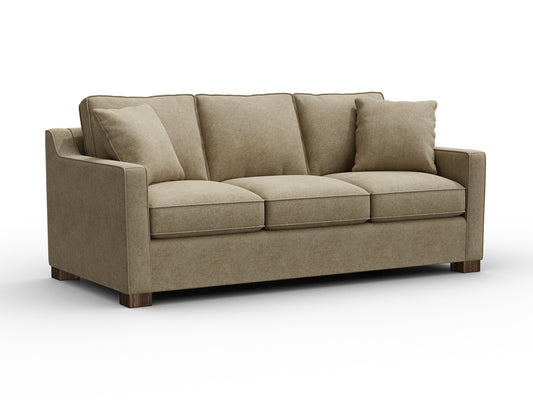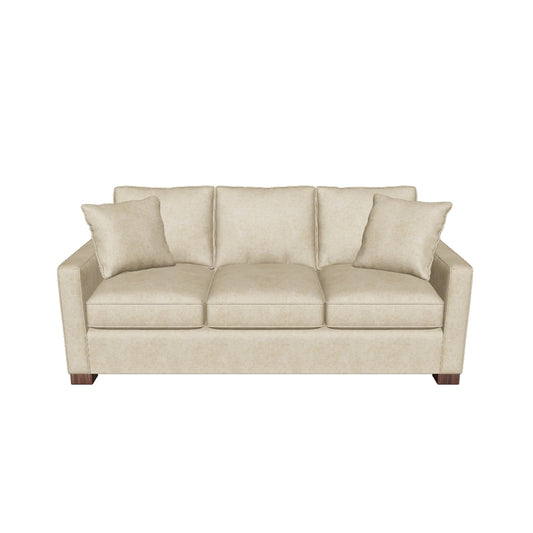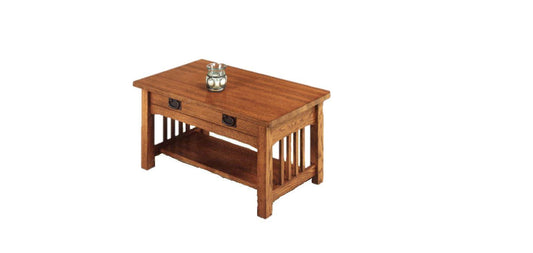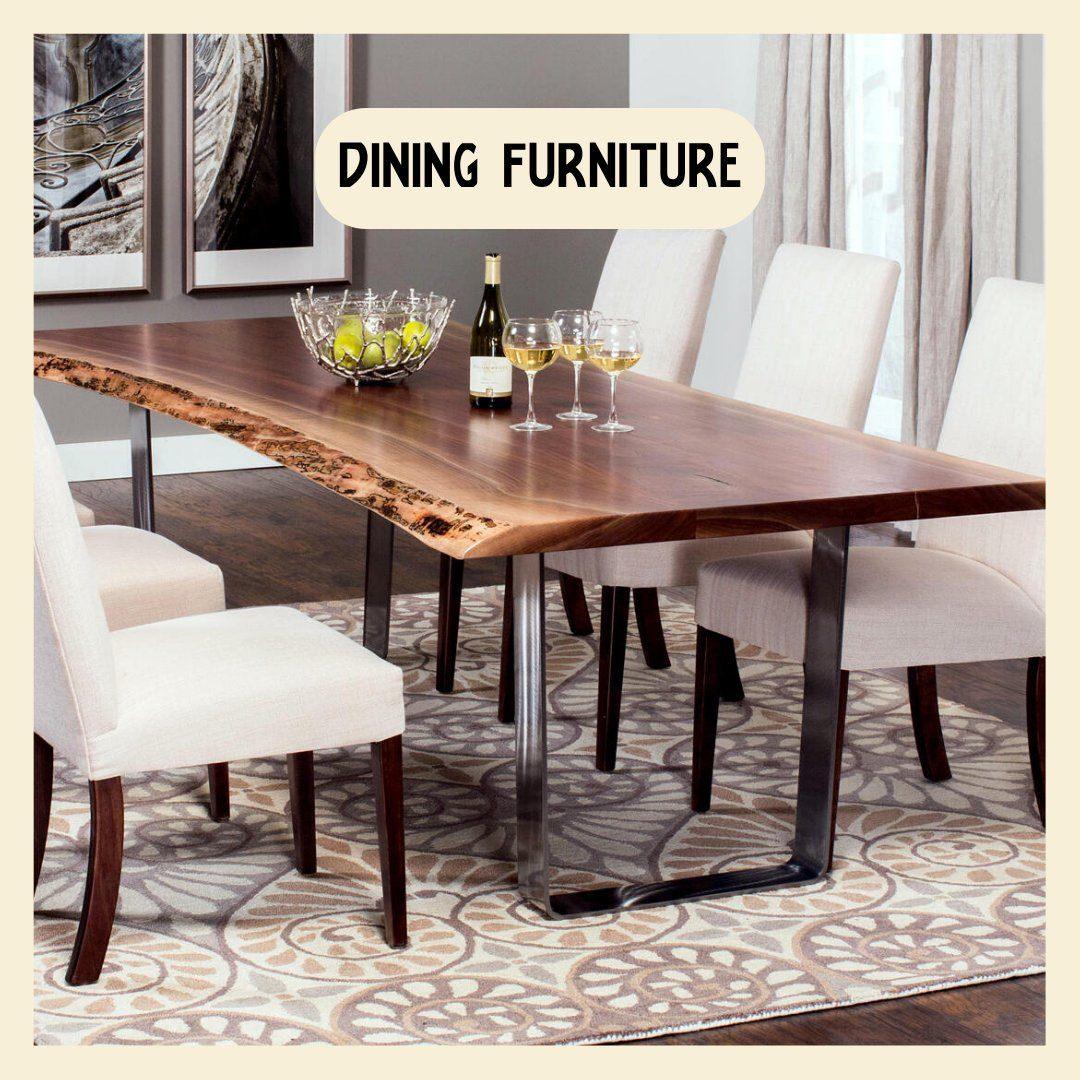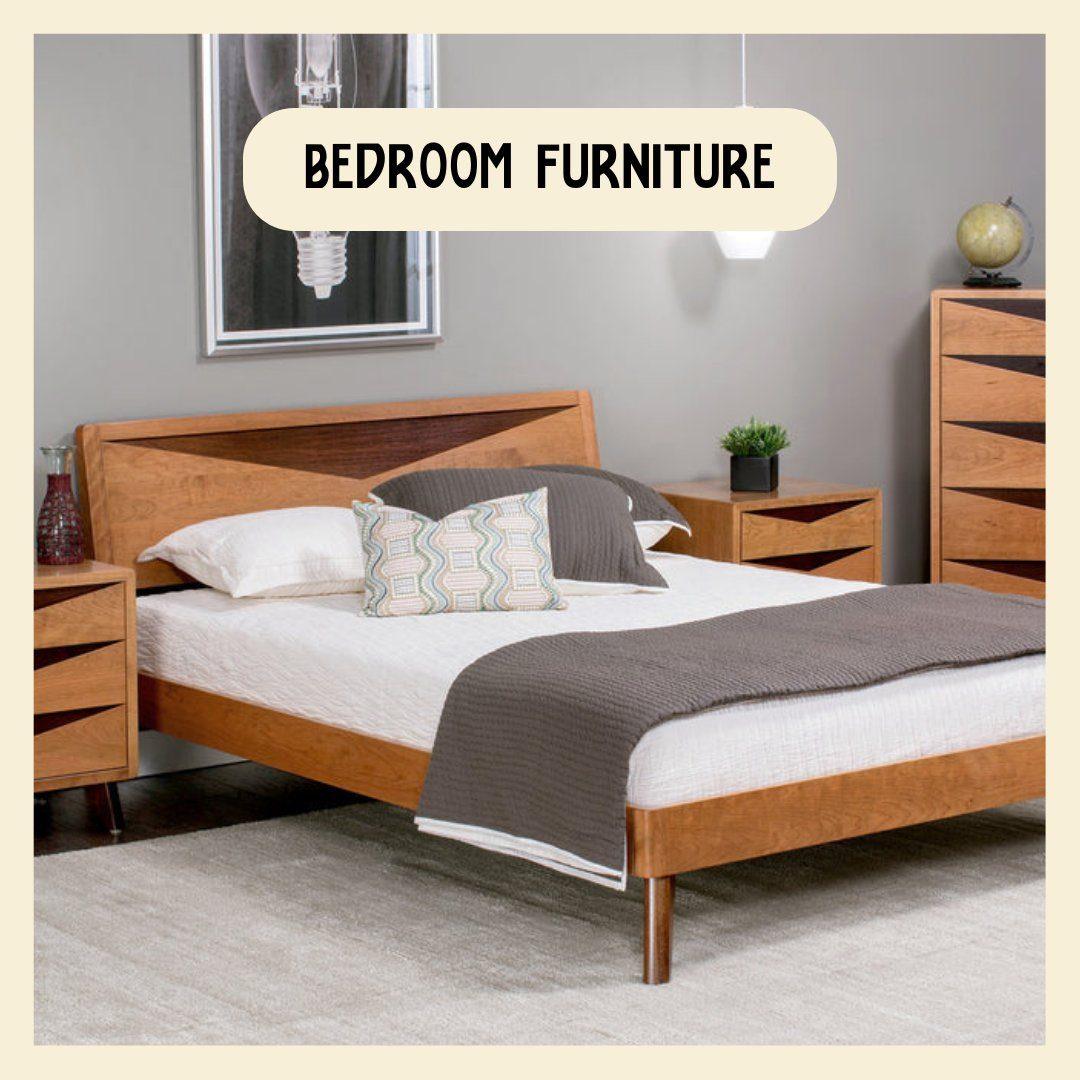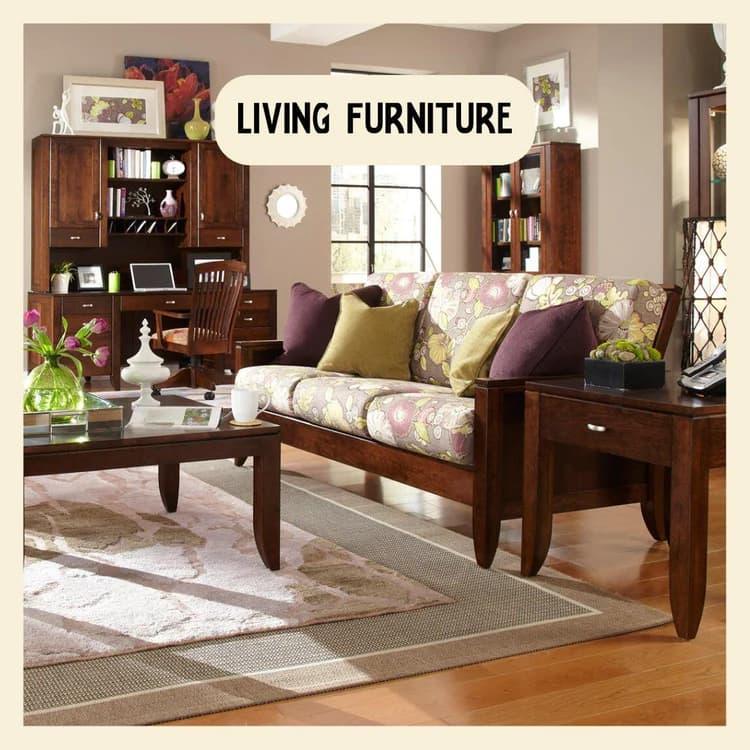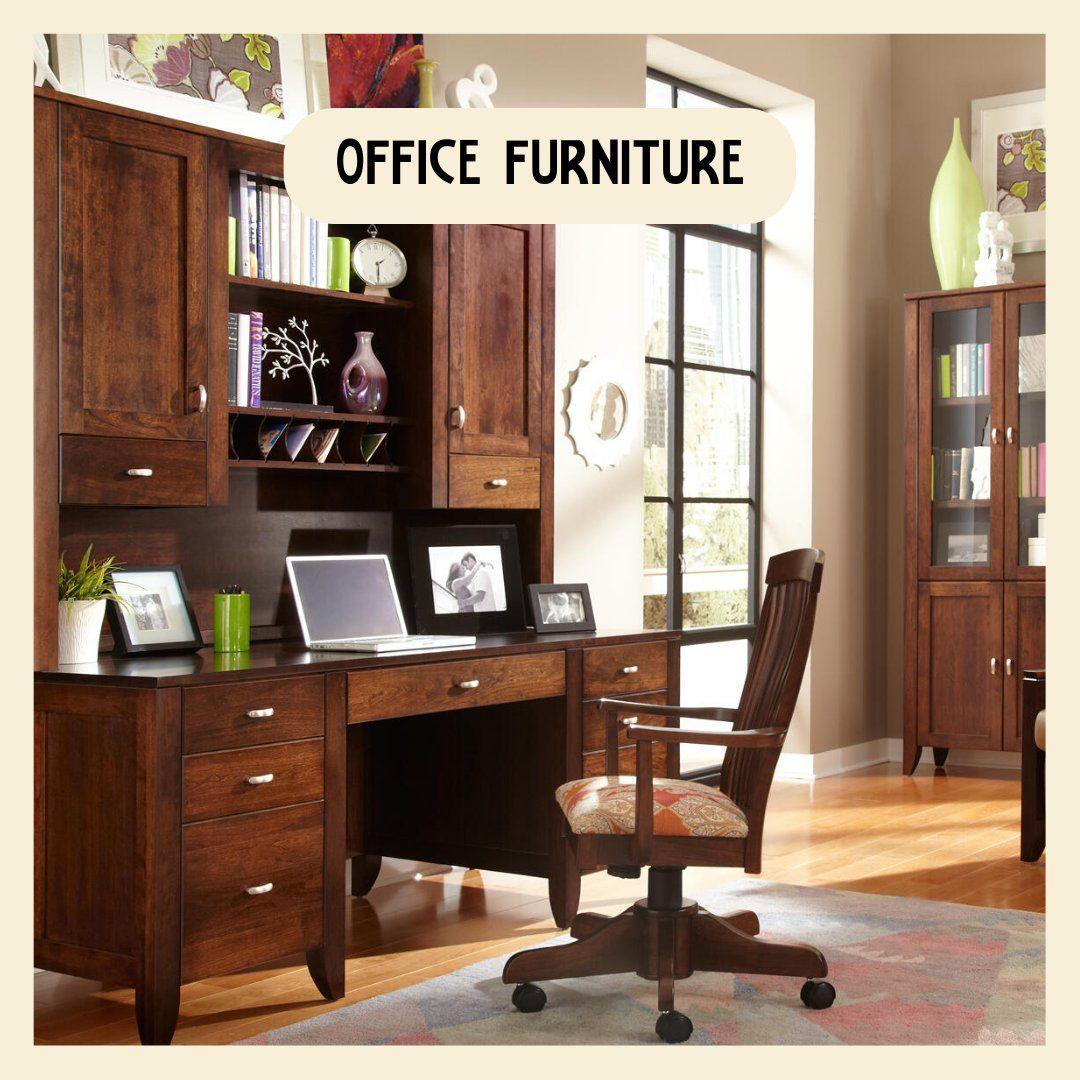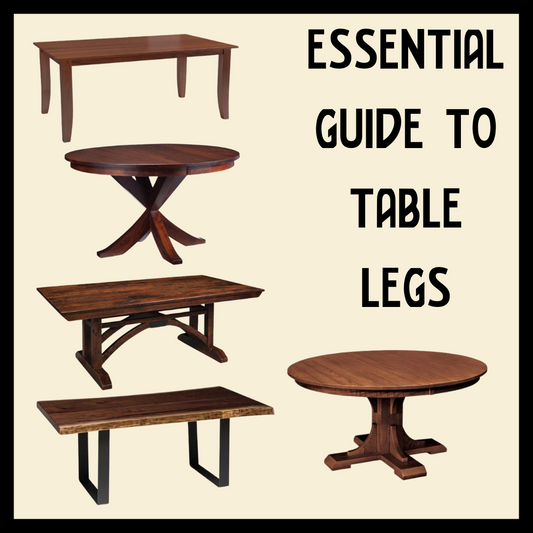Modern Bungalow Tile Guide: Tips, Tools, and Rules

At Modern Bungalow we offer an amazing selection of handmade art tiles from the finest American art tile companies including the renowned Motawi Tileworks. Understanding the basics of tile can be a big help if you're planning on taking the plunge into a remodel, home, business, or other design project.
In this guide to tile we'll discuss a few of the different terms associated with tile, some rules of thumb that will help you decide which tile may be right for you, some classic layout styles, and a few tips for choosing the right color and size combinations to make your project a success.
Art Tile
Art tile refers generally to tiles in the arts and craft style. These tiles are usually handmade and hand cut. Some have extravagant designs and effects added while others have more simple designs and/or features. The designs can include geometric shapes as well as nature designs, animals, and much, much more.
Field Tile
Field tile is a popular term that you are likely to encounter whenever delving into the world of art tile. Put simply, field tile generally refers to the tiles that make up the bulk of an area of tile. These are usually a flat tile that can be colored, glazed, or given some other effect such as a crackle finish. For an example, in the image below the turquoise tiles making up the bulk of the tile work are the field tiles.

What to Consider
When talking about tile design there are two main considerations that any beginner should keep in mind. While there are undoubtedly more complex considerations in any project, these two rules will provide you with a solid foundation and give you some confidence moving forward in your design decisions.
The Golden Ratio
The golden ratio in design is borrowed from mathematics to create naturally pleasing divisions and compositions. Technically speaking, it's achieved when the ratio of two parts is equal to the ratio of the whole to the larger of the two parts. This division is often found in nature and when applied to design can offer a great alternative to the commonly used half and half division.

In terms of tile design, we often see the golden ratio used on kitchen backsplashes or shower walls, though the principle can be applied anywhere.

Above we see a great example of the golden ratio used in a tile layout inside of a shower. The offset vertical stripe of tile is pleasing to the eye - and the reason can be found in the math! The larger section (61.8%) if of the same ratio to the whole (100%) as the ratio of the smaller section (38.2%) is to the larger section. In strict mathematical language: 61.8+38.2/61.8 = 61.8/38.2.
You don't need to be an expert at math to accomplish the golden ratio in your own designs, however, as a more accessible 60/40 ratio is close enough that it will provide the same naturally pleasing design. For example, if you have a 10ft section of wall and want to divide it with a vertical or horizontal stripe, place the stripe at the 6ft mark. This leaves you with 6ft (60%) to one side and 4ft (40%) on the other.
Size and Space
"What size tile should I use?" is a common question for any tile project. While there is a strong element of personal preference involved, a general guideline when approaching a project is to remember that larger tiles will create a feeling of openness and larger spaces while smaller tiles can create a feeling of complexity and clutter. The size tile you use will depend on the feel that you want to achieve for your particular space.
Tile Layout Patterns
When beginning a tile project, choosing the right size, color, and style of tile is only part of the decision making process. You'll need to decide what kind of layout you'd like to use. Here we'll discuss the most popular layout patterns and the reasons you may, or may not, want to utilize them in your next tile project.
Brick
 A brick (or banded) tile layout is often used to widen a room and give it a feeling of expanse. To create this illusion, rectangular tiles are generally offset by half a tile width creating long, horizontal lines. Different types of brick layouts include vertical (also known as running bond) and stacked brick layouts. Vertical brick simply rotates the classic style 90 degrees to give the impression of height rather than width. Stacked brick forgoes the offsetting and aligns the rectangular tiles with each other creating a simple grid which conveys a modern, clean look in any space.
A brick (or banded) tile layout is often used to widen a room and give it a feeling of expanse. To create this illusion, rectangular tiles are generally offset by half a tile width creating long, horizontal lines. Different types of brick layouts include vertical (also known as running bond) and stacked brick layouts. Vertical brick simply rotates the classic style 90 degrees to give the impression of height rather than width. Stacked brick forgoes the offsetting and aligns the rectangular tiles with each other creating a simple grid which conveys a modern, clean look in any space.
Mosaic
In tile design a mosaic tile layout refers to any design utilizing tiles smaller than 2"x 2" and set up in a repeated shape or set of shapes. The actual size, pattern, and design of a mosaic can vary greatly but in general you'll use this layout in accent areas rather than full walls or floors as the increased amount of grout can cause headaches in the maintenance department.

Herringbone
 A herringbone tile layout - named for the way it resembles to spine of the Herring fish - is a more intricate and elegant look. It's made with rectangular tiles placed perpendicular to the end of another tile set at a 45 degree angle. This "V" shape, or zigzag pattern, is another that can be used to make smaller spaces appear larger as it draws the eye to the wideness of the "V." Like mosaics - which can be done in a herringbone pattern - this layout is generally reserved for accent spaces and smaller areas as it can be a bit overwhelming for an entire wall or floor.
A herringbone tile layout - named for the way it resembles to spine of the Herring fish - is a more intricate and elegant look. It's made with rectangular tiles placed perpendicular to the end of another tile set at a 45 degree angle. This "V" shape, or zigzag pattern, is another that can be used to make smaller spaces appear larger as it draws the eye to the wideness of the "V." Like mosaics - which can be done in a herringbone pattern - this layout is generally reserved for accent spaces and smaller areas as it can be a bit overwhelming for an entire wall or floor.
Basket Weave
 A basket weave layout is another style that can add a bit of excitement to a room. The general way to accomplish this is to place two tiles next to each other to form a square. Two more tiles are then placed perpendicular to these and the pattern continues, alternating between vertical and horizontal orientation. Needless to say, this gives the appearance that the tiles are interwoven like a basket. This effect is great for adding a touch of energy to a room either through a backsplash, accent wall or small floor area.
A basket weave layout is another style that can add a bit of excitement to a room. The general way to accomplish this is to place two tiles next to each other to form a square. Two more tiles are then placed perpendicular to these and the pattern continues, alternating between vertical and horizontal orientation. Needless to say, this gives the appearance that the tiles are interwoven like a basket. This effect is great for adding a touch of energy to a room either through a backsplash, accent wall or small floor area.
Choosing Tile Colors
When it comes to choosing the right color tiles for your project the sheer number of colors can make the process seem a bit overwhelming. Fortunately, all it takes is a little trip back to elementary school and that wonderful color wheel to make everything simpler.
Before we go into exactly how to go about choosing your colors, it helps to begin with a basic understanding of what affect certain types of colors can have on a space. For example, lighter colors tend to make a room seem more open and appear larger while darker shades add warmth to a space and also hide dirt really well. Neutral colors such as white, gray, and black allow you to change up the accessories in a space without clashing, while a modern, funky color can show off a personality (but remember you'll have it for a long time).
Returning to our color wheel now. There are four approaches one can take with the assistance of a basic color wheel that can make the process of choosing the right colors much simpler.
The first is the most basic: complementary color combination. This means simply choosing two colors which are opposite one another on the color wheel. This approach will almost guarantee that your colors will look great together.
The second option is a rectangular color combination which is similar to our first method except that you choose two adjacent colors and their opposites for a total of four complementary colors. This combination is great for an eclectic space or as a backsplash to add an unusual but exciting look.
Third is known as an analogous color combination. In this approach, two adjacent colors are used exclusively. This results in a very mild contrast and with some colors is almost monochromatic with only a very slight difference in the colors. This approach has gained some momentum within the interior design community in recent years.
The fourth approach is known as split-complementary color combination. Starting with one base color (generally the dominant color) and then using the two adjacent colors of its complement, this approach gives the same visual compliment as complementary colors with less tension.

Conclusions
When it comes to choosing the right tile there are a lot of things to consider. In our tile guide we've laid out some of the terms to be familiar with, a few general rules of thumb to follow, some of the most popular styles of tile layout, and the process of choosing the proper color combinations for your tile.
Use this guide for your next project and you can be confident in your choice of tile color, size, style, and layout.
Still Not Sure?
Even with all the information in the world it is sometimes best to let a professional handle the design work. Luckily, Modern Bungalow offers professional custom fireplace or backsplash tile design for your next project!






